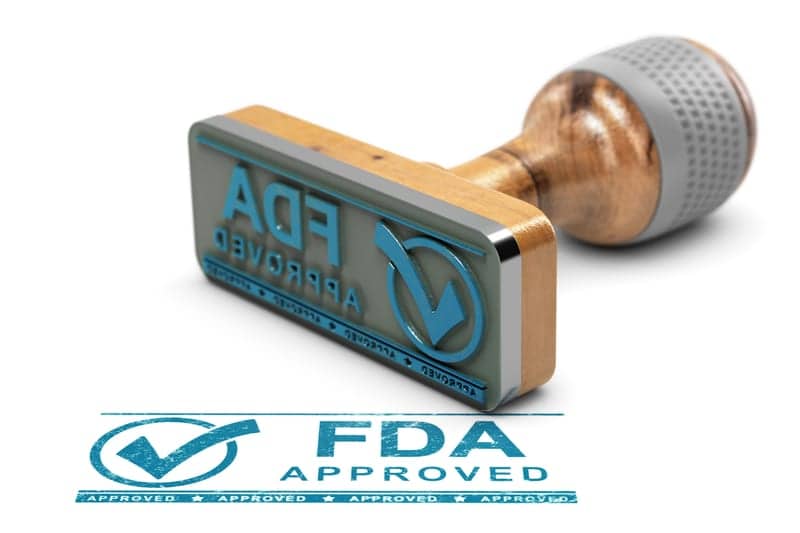Zimmer Biomet, a global medical technology company, announced U.S. FDA 510(k) clearance of the Identity Shoulder System for anatomic, reverse, and revision shoulder replacement.
The Identity Shoulder System is a convertible system that uses proprietary technologies to align each surgeon’s approach to an individual patient’s anatomy, with the goal of alleviating pain and optimizing range of motion. The latest addition to Zimmer Biomet’s portfolio of shoulder replacement systems, the Identity Shoulder System is designed to allow surgeons to devise and execute a patient-specific surgical plan with precision.
“The FDA clearance of the Identity Shoulder System is exciting because it offers surgeons a highly adaptable solution for anatomic, reverse and revision procedures to help patients optimize natural shoulder movement,” says Ivan Tornos, chief operating officer at Zimmer Biomet. “This significant milestone adds to progress in our growing Sports Medicine, Extremities and Trauma (S.E.T.) portfolio, a critical area of focus as we expand our position as a global leader in innovative medical technologies that maximize mobility.”
The Identity Shoulder System expands on the traditional inlay and onlay1 reconstruction used in reverse shoulder arthroplasty by providing eight humeral tray combinations that give surgeons increased options for aligning the humerus (upper arm bone) with the glenoid (shoulder socket), without lengthening the arm. Designed to offer adaptability for potential revision procedures in the future, the Identity Shoulder System allows for 5mm of additional joint space below resection2, which gives surgeons more to work with if a revision is needed in the future.
Similar to all shoulder systems in Zimmer Biomet’s portfolio, the Identity Shoulder System utilizes proprietary technologies, including Versa-Dial for infinite humeral head offset placement and Alliance Glenoid for a broad range of glenoid options, to adapt to a patient’s unique anatomy.
“The Identity Shoulder System was designed to help surgeons restore center of rotation and achieve optimal range of motion after reverse shoulder replacements, a main goal of these procedures,” says William N. Levine, MD, Chair of the Department of Orthopedic Surgery at Columbia University’s College of Physicians and Surgeons, and a member of the Identity Shoulder System development team. “Shoulder specialists will value this system’s adaptability and flexibility to support their unique surgical approaches and complement diverse patient anatomies.”
This new system expands Zimmer Biomet’s upper extremities portfolio, which includes the Comprehensive Nano Stemless Shoulder and the Signature ONE Surgical Planning System, part of the ZBEdge Shoulder ecosystem.
References
1 Inlay and onlay are two different reverse shoulder prosthesis designs. The inlay design is implanted centrally on the humerus (upper arm bone) to match the surrounding anatomy with a fit that leaves it flush with the surrounding cartilage. An onlay design rests above the anatomic neck resection.
2 Compared to Comprehensive Total Shoulder system.





